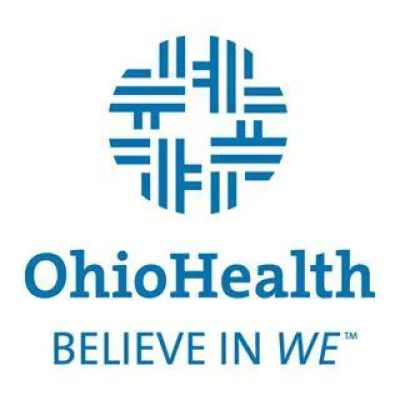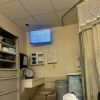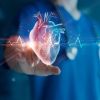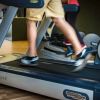- Understanding-Heart-Attack-Signs
- Common-Symptoms-of-Heart-Disease
- Key-Differences-Between-Heart-Attack-and-Heart-Disease-Symptoms
- Real-Life-Examples-to-Illustrate-Symptom-Variations
- Professional-Advice-for-Responding-to-Symptoms
Understanding Heart Attack Signs
A heart attack, medically known as myocardial infarction, occurs when blood flow to a part of the heart muscle is blocked, leading to tissue damage. Recognizing the signs of a heart attack promptly can be life-saving. Common signs include intense chest pain or pressure often described as a squeezing or heavy sensation that may radiate to the arms, neck, jaw, or back. This discomfort typically lasts more than a few minutes or comes and goes.
Other signs include shortness of breath, nausea, cold sweats, lightheadedness, and unusual fatigue. Not everyone experiences classic chest pain—especially women, older adults, and people with diabetes—who may have atypical symptoms such as indigestion or sudden weakness.

Common Symptoms of Heart Disease
Heart disease encompasses a range of conditions like coronary artery disease, arrhythmias, and heart failure, each with distinctive symptoms. Unlike the sudden and intense onset of a heart attack, heart disease symptoms often develop gradually and may be less dramatic.
Atlanta Heart Specialists
atlanta heart specialists
4375 Johns Creek Pkwy #350, Suwanee, GA 30024, USA

1. Chest Discomfort or Angina
Patients often report chest tightness or pain during physical activity or stress that subsides with rest. This symptom, known as angina, signals reduced blood flow but not complete blockage.
2. Shortness of Breath
Difficulty breathing or breathlessness during mild exertion or at rest may indicate heart failure or poor heart function.
3. Fatigue and Weakness
Chronic tiredness can be a subtle sign that the heart is struggling to pump efficiently.
4. Swelling in Legs and Abdomen
Fluid buildup due to heart failure can cause visible swelling, often overlooked by patients.
Key Differences Between Heart Attack and Heart Disease Symptoms
Understanding the differences between signs of heart attack vs heart disease symptoms is critical for timely medical response:
Sudden Onset vs Gradual Development
Heart attack symptoms usually appear suddenly and escalate quickly, requiring emergency care. Heart disease symptoms tend to develop slowly and may be manageable with lifestyle changes and medication.
Intensity and Duration of Chest Pain
Chest pain during a heart attack is often severe and persistent. In contrast, angina related to heart disease is usually milder and resolves with rest.
Additional Warning Signs
Heart attacks often involve systemic symptoms like nausea and sweating, which are less common in chronic heart disease.
Real-Life Examples to Illustrate Symptom Variations
Consider the case of Tom, a 54-year-old man who experienced intermittent chest tightness during exercise for months. Initially, he attributed it to stress, but a cardiology check revealed coronary artery disease. With lifestyle changes and medication, Tom managed his heart disease symptoms effectively.
Conversely, Emily, a 48-year-old woman, suddenly developed severe chest pain and shortness of breath. Prompt recognition of her heart attack signs led to immediate hospital intervention, which saved her life. Her case highlights the urgency of distinguishing these symptoms and acting fast.
Professional Advice for Responding to Symptoms
When experiencing any suspicious cardiac symptoms, immediate medical attention is crucial. If chest pain is sudden, intense, or accompanied by other warning signs, calling emergency services should be the first step. For ongoing or mild symptoms, consulting a healthcare provider for thorough evaluation and testing is essential to prevent progression.
Health experts recommend routine heart health screenings and education to improve awareness about heart attack signs and heart disease symptoms. Resources like HeartCare Hub offer trusted guidance and access to products and services that help monitor and maintain heart health effectively.
Being informed about the differences between heart attack and heart disease symptoms empowers individuals to act appropriately, potentially saving lives and improving long-term outcomes.






















Deborah Heart and Lung Center
deborah heart and lung center
200 Trenton Rd, Browns Mills, NJ 08015, USA